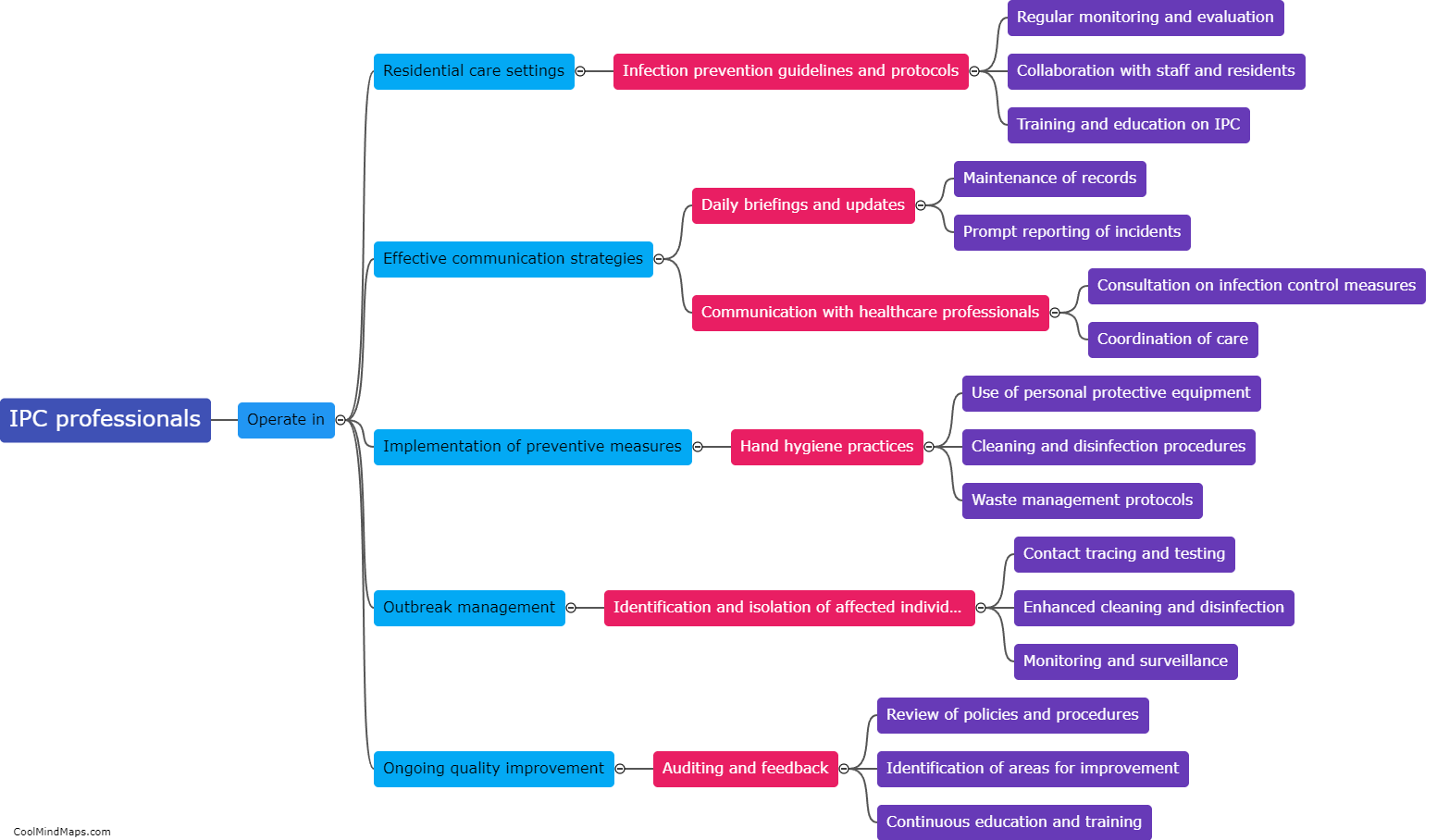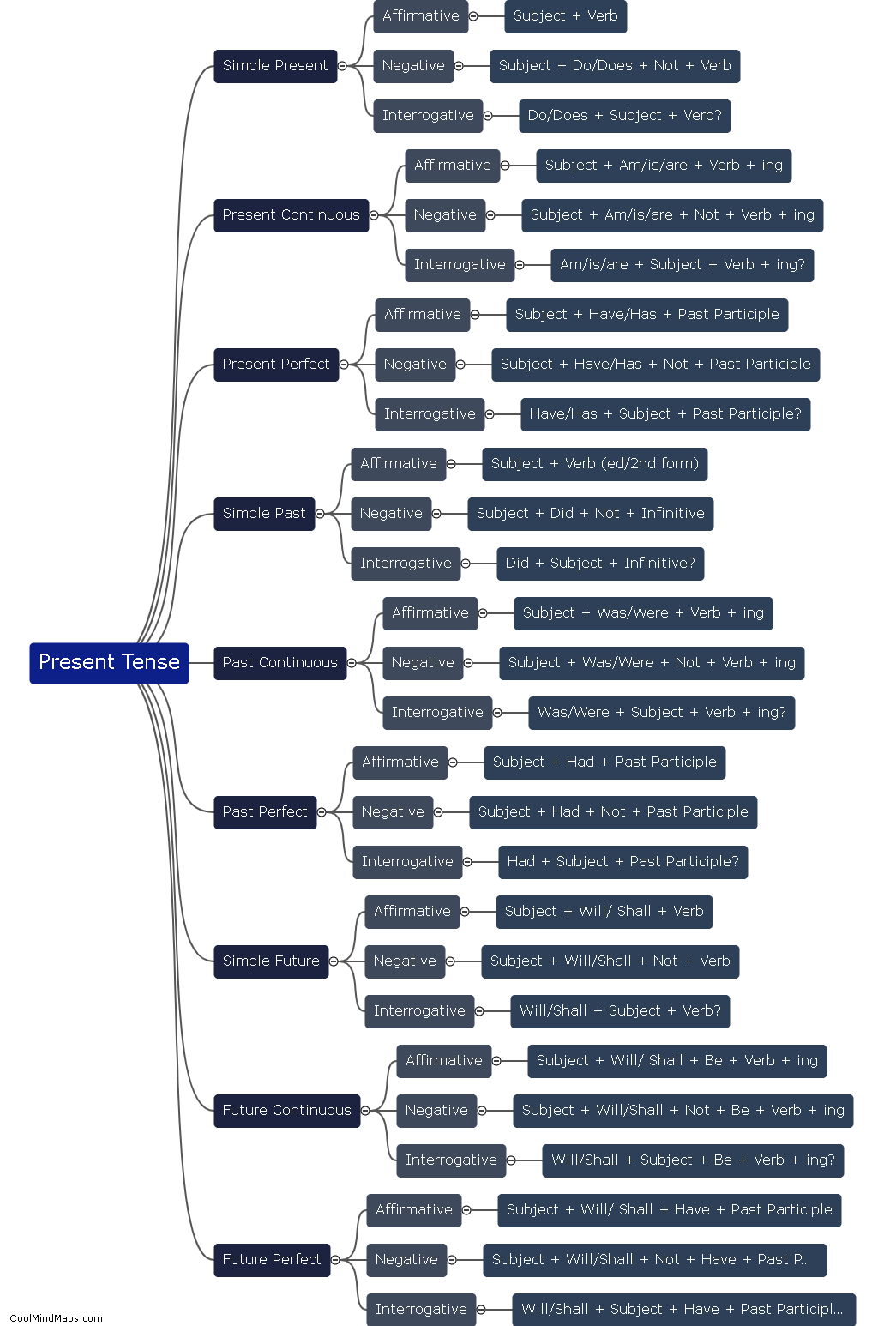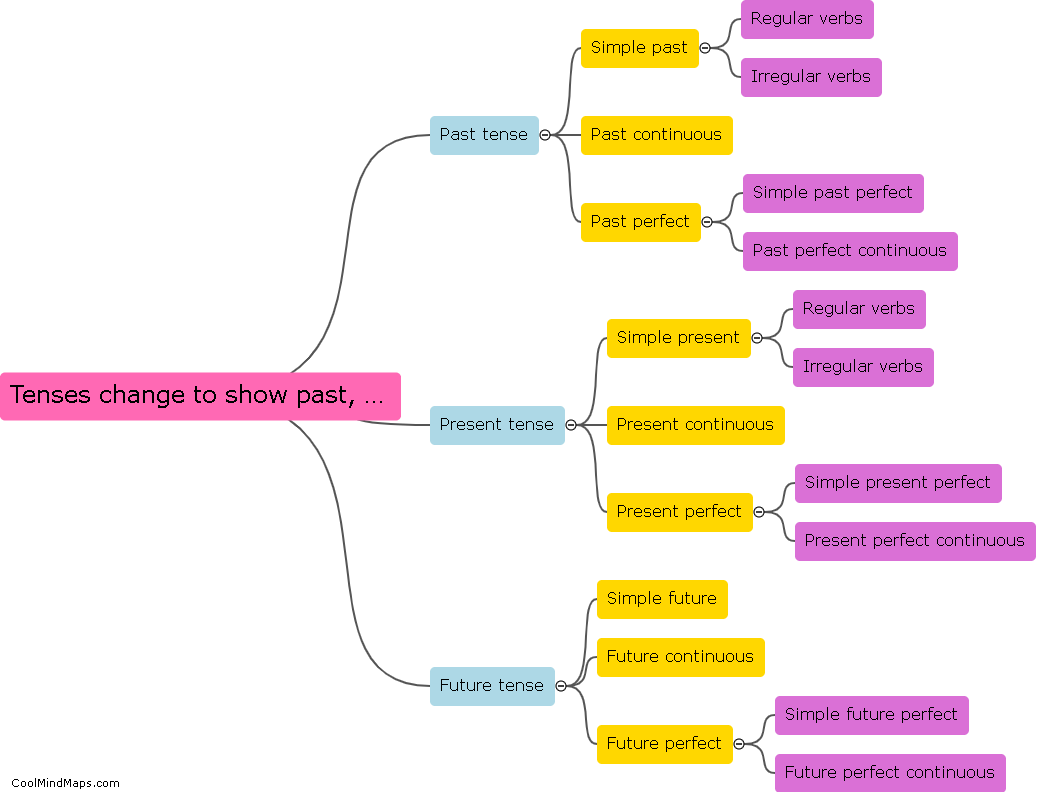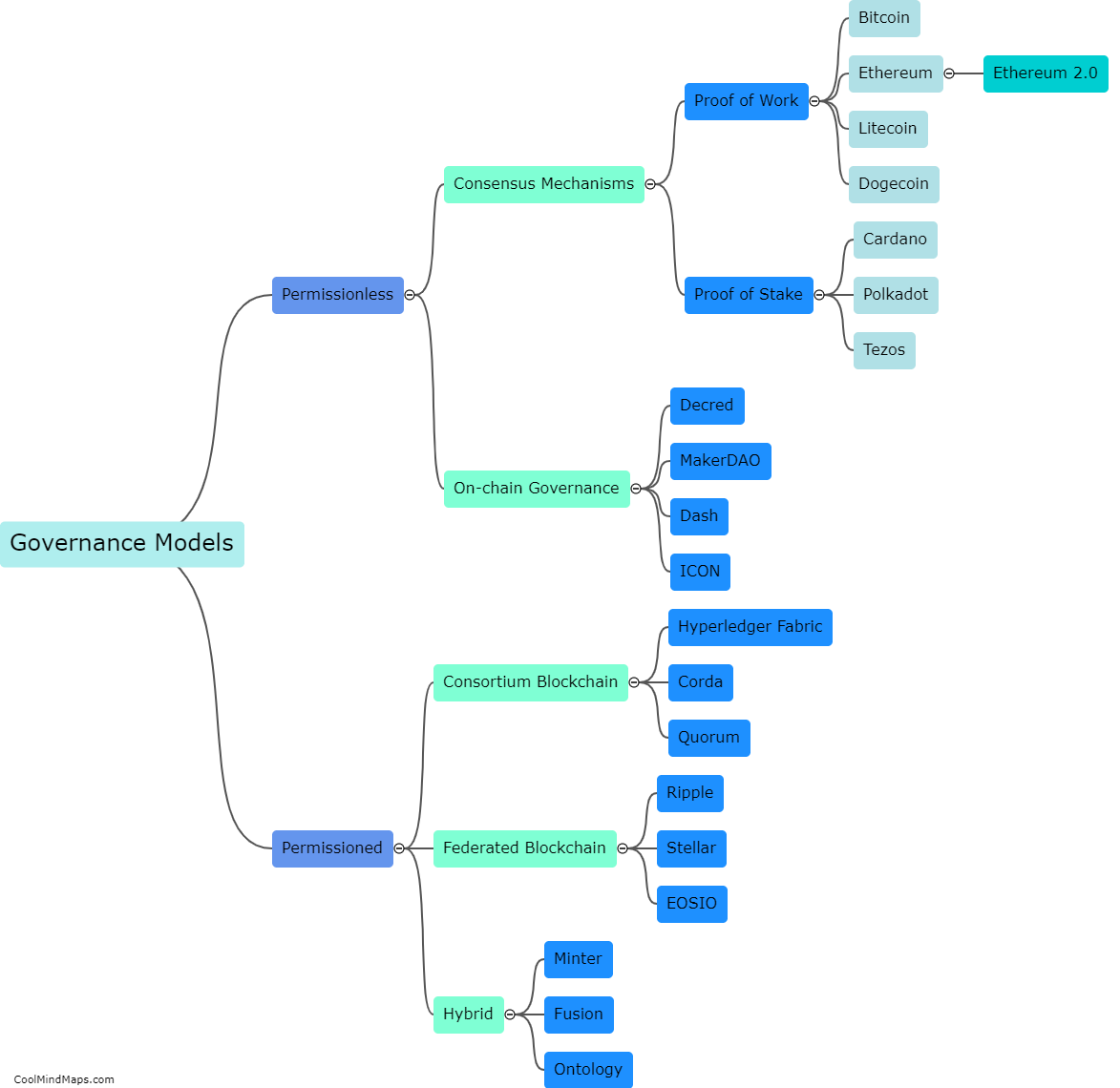What are the rules for forming present tense verbs?
The rules for forming present tense verbs in English depend on the subject of the sentence. For most subjects, the base form of the verb is used. For example, "I walk," "You run," "They play." However, when the subject is a third-person singular pronoun (he, she, it), the verb usually takes an -s or -es ending. For instance, "He walks," "She talks," "It cries." Additionally, some irregular verbs have their own unique forms in the present tense, such as "go" (I go, you go, he/she/it goes). These rules may seem simple, but it is essential to recognize the exceptions and irregularities as well.
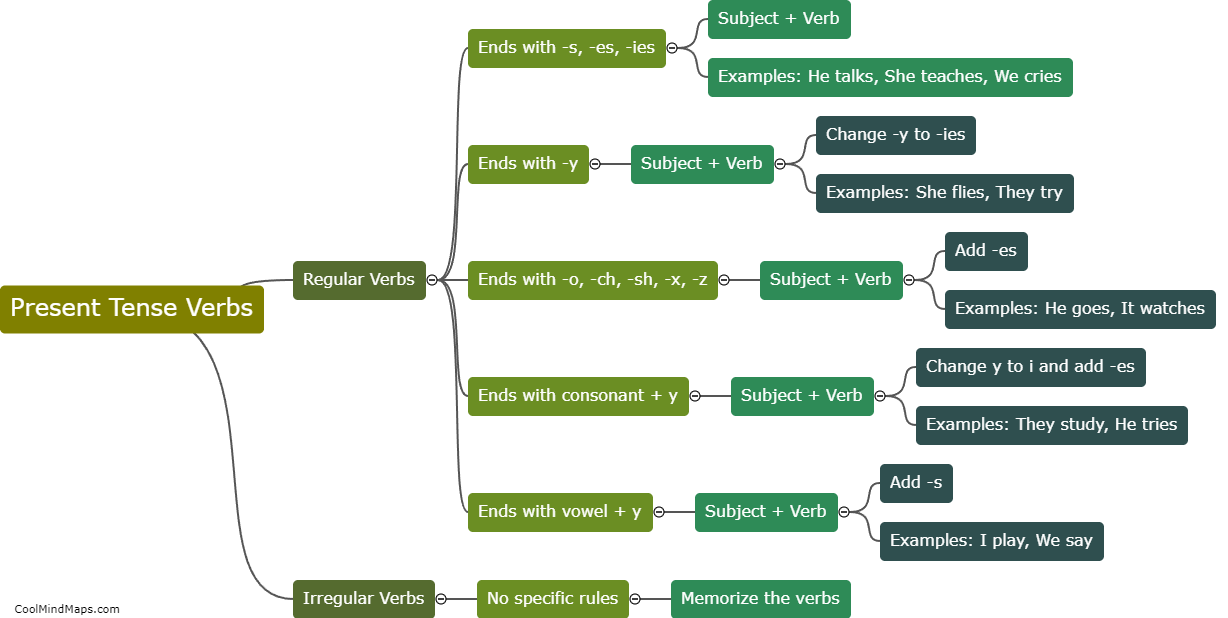
This mind map was published on 19 September 2023 and has been viewed 99 times.





